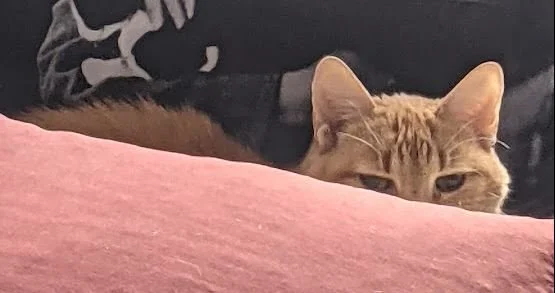Australians Are Ordered to Herd Their Surly Killer Cats
Australia has a few million too many cats: feral cats, which kill an estimated two billion animals annually; and outdoor house cats, which whack some 83 million native reptiles and 80 million native birds every year. To address the latter carnage, many municipal councils are imposing nighttime curfews on the furry murderers.
Close to half of the municipal councils in the country have nighttime curfews on cats, with fines for owners that can run into the hundreds of dollars, according to a report by the Wall Street Journal. Some have even banned unleashed cats at any time.
Cat owners are cooperating as best they can. Some buy harnesses and leashes and then attempt to walk their cats for the first time. If you’ve ever tried this with an older cat, the phrase “starting from scratch” takes on new meaning. (Some town councils exempt older cats from the leash laws.)
When leashes and harnesses fail, some humans are building makeshift pens of cat-proof netting. Others are spending thousands of dollars to have an enclosure professionally installed. “Every time a new council passes or proposes a curfew, the phone rings,” says Greg Cole of the fence-building company Custom Cat Runs.
In the US, cats kill an estimated 2.4 billion birds every year, but very few jurisdictions have kitty leash laws or impose cat curfews. Some towns in Iceland are reining in felines to protect wildlife, and in Germany last year the town of Walldorf imposed an indoor lockdown on cats during the breeding season of the endangered crested lark.
Coryn Julien, spokesperson for the cat-loving group Alley Cat Allies, says curfews and leashes just aren’t natural. “On this and other anti-cat policies, Australia is a true outlier. The idea of cats living indoors is a human invention, only made possible by the introduction of kitty litter about 70 years ago.”
Photo credit: Kelly Keen / Wall Street Journal







